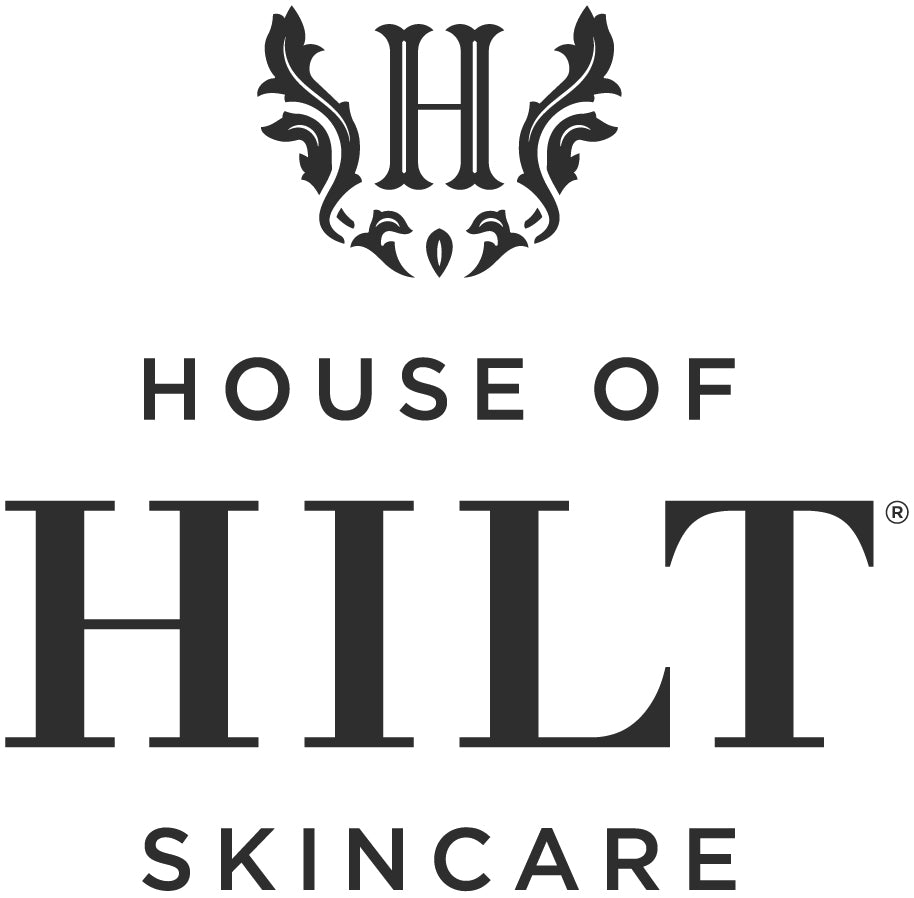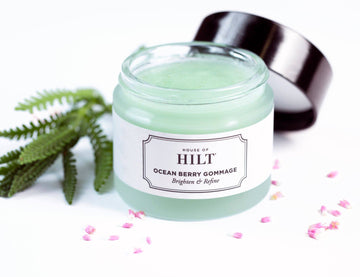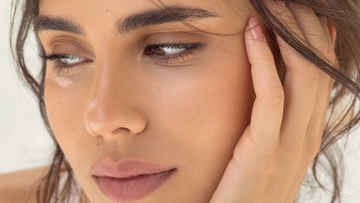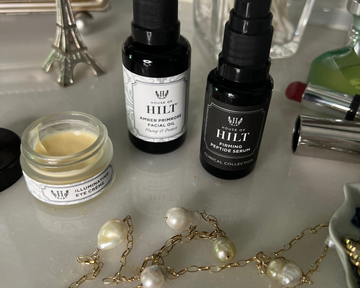Blog Posts
I am a lazy skincare person, but this cleanser makes my routine fast and easy!! It removes the daily dirt and any makeup quickly and without being harsh. It is the only cleanser that completely cleans my skin without drying it out or causing breakouts. Win-win in my book!!
I have been using the primrose oil for about 3 years. When the firming peptides serum was developed, I added that. I apply both of them morning and night, before and after taking off my makeup. My skin always feel very soft. I think my darker spots are less dark than they would be without the oil. And I think my wrinkles are being held at bay pretty well. I hear all the time that I look younger than my age of 68, so this works for me! 😁
Smoother lines ..firm skin ..what else do you need?? A new bottle when this one runs out!
Cheers
I love this, it not only smells amazing but it does a good job at exfoliating my skin! Its also not messy, goes on smooth and is easy to wash off!
I use this after my serums and it goes on so smoothly. I know it’s important to use spf so having something toxin free as part of my routine is a must! You only need to use a small amount so the bottle is going to last a long time!!
